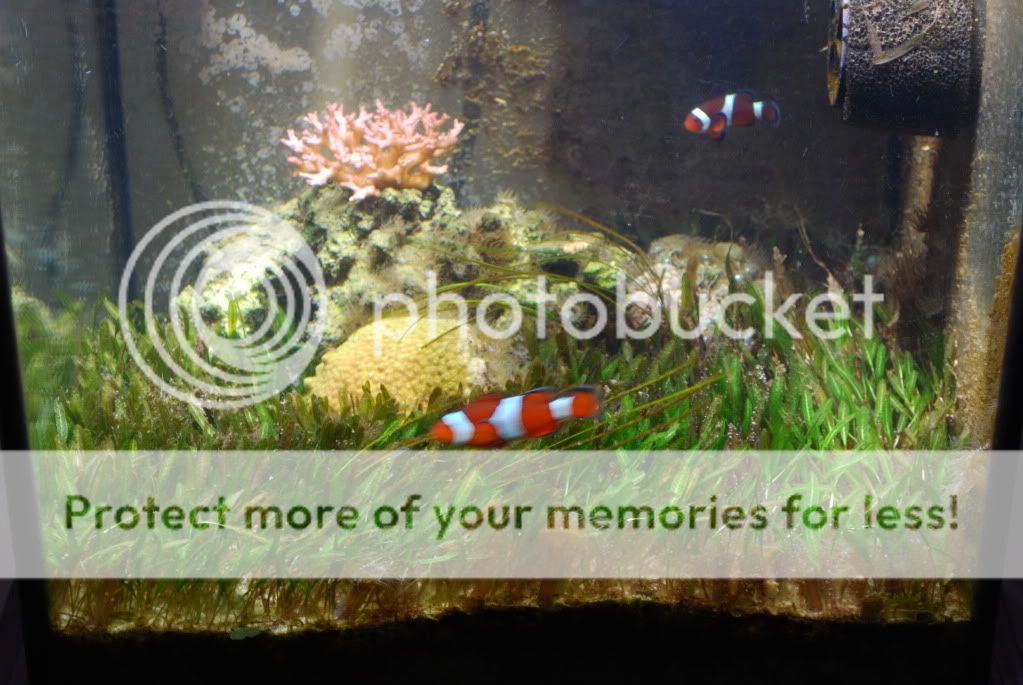Amphiprion
Premium Member
For those of you with a more actively growing species, like many of the Halophila sp., what do you do to control cast-offs? I have a good deal of water motion in my system to cope with epiphytic and commensal growths and prevent them from getting the upper hand. Inevitably, this leads to freeing a good number of loosened blades that quickly clog powerheads and the sponges I have in place to protect them. I have so many of them that it gets to be a handful at times, so I was wondering if there's any sort of trick out there to minimizing this or at least making it a little easier to deal with... I've already got my hands full enough with this tank. I don't want it to become a maintenance nightmare or anything of the sort.

